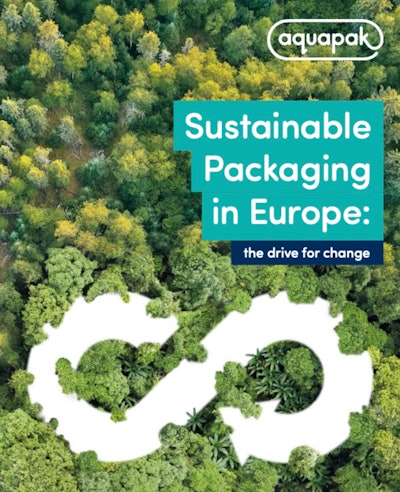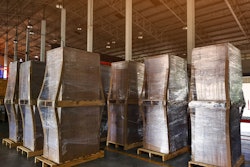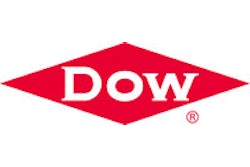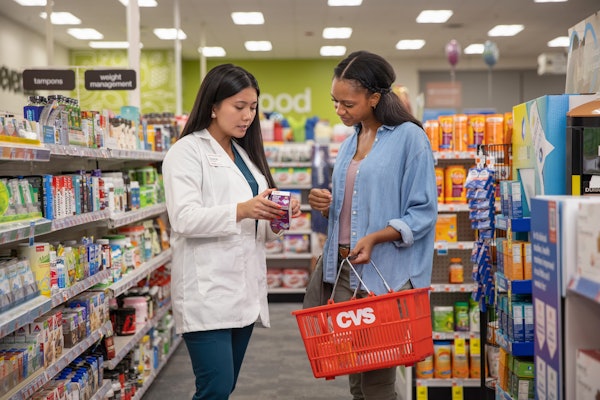Launched at the Rethinking Materials Summit in London, a new report, “Sustainable Packaging in Europe: the drive for change,” shows that the European packaging industry is shifting the balance of materials it plans to use in the future and is investing in more sustainable options. That’s according to Aquapak, which produced the report based on information from research company Pure Profile, which gathered information from 150 sustainability and packaging experts across the UK, Italy, and Germany (50 in each market) in March 2023.
Shares Aquapak, the study reveals that 62% of the companies surveyed expect to increase their budgets for investing in sustainable packaging material over the next five years, with a further 23% expecting to see budgets increase dramatically.
When it comes to three of the most common packaging materials, the majority (83%) of respondents expect to increase the use of multi-material—a combination of plastic and paper—across their product portfolios, and almost three quarters (72%) will make more use of paper over the next five years. With respect to new materials, 69% and 65% anticipate a greater use of new polymers such as polyvinyl alcohol (PVOH) and bioplastics, respectively, in their packaging material. These trends are similar over a 10-year horizon.
The data also shows the use of polyethylene is set to see a decline over the next five years, with 45% of respondents seeking to use less of the material across their product portfolios.
When asked about the most important attributes of the packaging material used, respondents indicated that product protection is the key feature, with barrier properties, extending the shelf life of the product, and functionality—ease of use for the consumer—regarded as more important than recyclability.
Said Aquapak CEO Mark Lapping, “Our research shows that the European packaging industry is moving towards more sustainable materials such as paper and new polymers as they focus on the circular economy. However, it is also clear that the job packaging has to do is paramount, with product protection and functionality a priority. The good news is that new barrier film technologies exist, offering both performance and environmental responsibility at scale.” PW



























